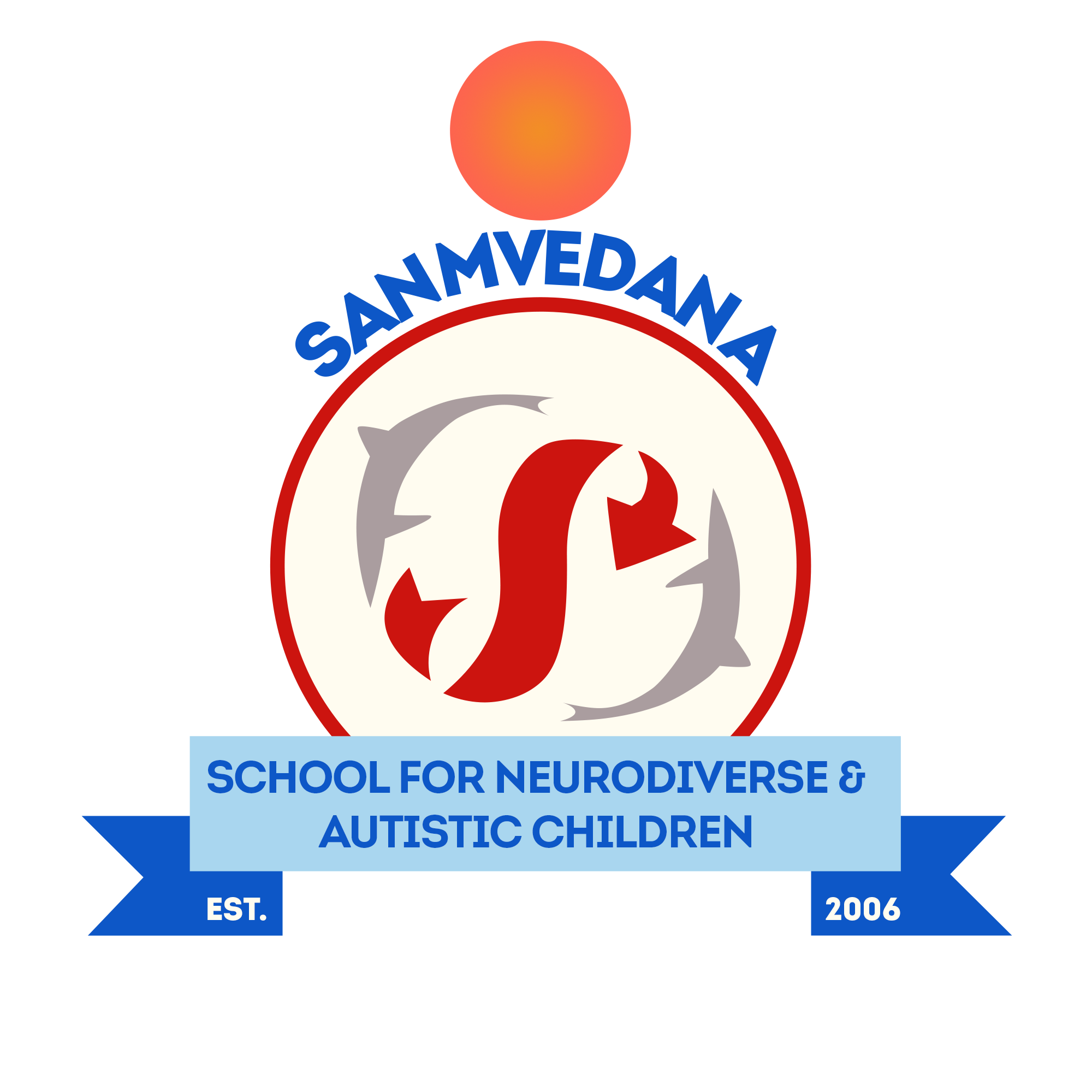Neurodiverse Approach
Neurodiversity term is used to describe how everyone’s brain works differently. There is no Normal way, everyone has some traits of diverse thinking.
We have incorporated special therapies in school curriculum such as:
Occupational therapy
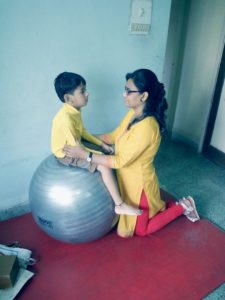
Occupational therapy treatment focuses on helping people achieve independence in all areas of their lives. OT can help kids with various needs improve their cognitive, physical, and motor skills and enhance their self-esteem and sense of accomplishment. Occupational therapy is not only for adults but kids can also benefit from it as child’s main job is playing and learning, and occupational therapists can evaluate kids’ skills for playing, school performance, and daily activities and compare them with what is developmentally appropriate for that age group.
Speech-Language Therapy
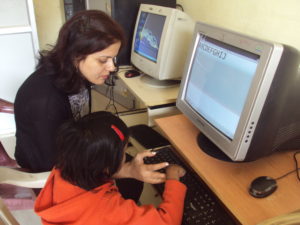
Speech-language therapy is the treatment for most kids with speech and/or language disorders. A speech disorder refers to a problem with the actual production of sounds, whereas a language disorder refers to a difficulty understanding or putting words together to communicate ideas. We use a picture exchange communication system (PECS), an augmentative and alternative communication (AAC) that uses pictures instead of words to help children communicate. PECS was designed especially for children with autism who have delays in speech development.
Special education
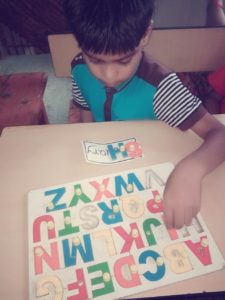
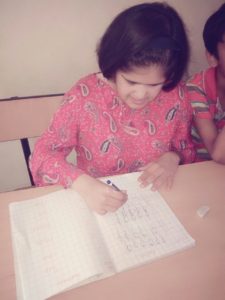
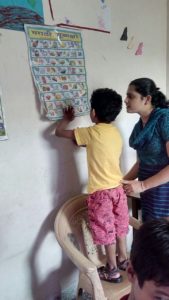
Special Education is the education for students with special needs such as challenges with learning, communication challenges, emotional and behavioral disorders, physical disabilities, and developmental disorders. Special Education involves the individually planned and systematically monitored arrangement of teaching procedures, adapted equipment and materials, accessible settings, and other interventions designed to help learners with special needs achieve a higher level of personal self-sufficiency and success in school and community than would be available if the student were only given access to a typical classroom education.in a way that addresses the students’ individual differences and needs
